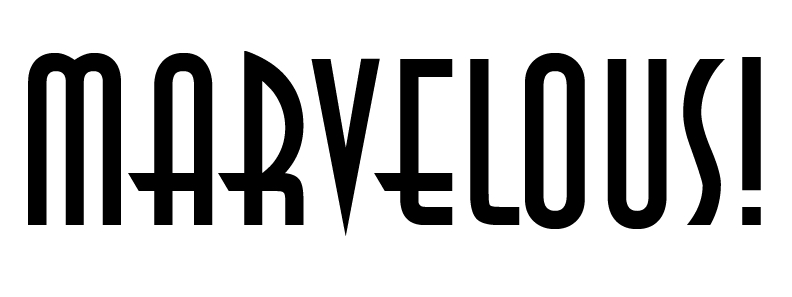By Corinne Hiser, ANP. M! Jun/Jul 2011.

For many years, urinary incontinence, or UI, has been a subject not to be discussed in “polite company,” but thanks to women like Phyllis Saunders who have gone public with their struggle, more women are getting help with this treatable problem.
Definition
UI is defined as the accidental/involuntary release of urine. It can happen when you cough, laugh, sneeze, or jog, or may present as the need or urge to urinate.
Women experience UI twice as often as men. Pregnancy and childbirth, menopause, and the structure of the female urinary tract account for this difference. However, both women and men can become incontinent from neurologic injury, birth defects, stroke, multiple sclerosis, and physical problems associated with aging.
There are many types of UI:
- Stress: leakage of small amounts of urine during physical movement (coughing, sneezing, exercising).
- Urge: leakage of large amounts of urine at unexpected times, including during sleep.
- Overactive Bladder: urinary frequency and urgency, with or without urge incontinence.
- Functional: untimely urination because of physical disability, external obstacles, or problems in thinking or communicating that prevent a person from reaching a toilet.
- Overflow: unexpected leakage of small amounts of urine because of a full bladder.
- Mixed: usually the occurrence of stress and urge incontinence together
- Transient: leakage that occurs temporarily because of a situation that will pass (infection, taking a new medication, colds with coughing).
Relief
The first step toward relief is to see a doctor who has experience treating incontinence to learn what type you have. A urologist specializes in medical conditions of the urinary tract. Gynecologists and obstetricians specialize in the female reproductive tract and childbirth. Family practitioners and internists see patients for all kinds of health conditions, and any of these doctors may be able to help you.
Behavioral remedies include Kegel exercises to strengthen the muscles that help hold urine. These exercises help to strengthen the pelvic floor muscles and replicate the action of “stopping your urine stream.”
Medications may be prescribed for an overactive bladder.
Biofeedback uses measuring devices to help you become more aware of your body’s functioning.
Vaginal devices such as a “pessary” for stress incontinence may be used, as well as injections of “bulking agents” such as collagen.
In some women, surgery may be recommended for stress incontinence.
There is hope through research. The National Institute of Diabetes and Digestive and Kidney Diseases (NIDDK) has many research programs aimed at finding treatments for urinary disorders, including urinary incontinence. The NIDDK is sponsoring the Urinary Incontinence Treatment Network (UITN), a consortium of urologists and urogynecologists who are evaluating and comparing treatment methods for stress and mixed incontinence in women.
For further information, look online:
- American Urogynecologic Society, internet address: www.augs.org
- American Urological Association, internet address: www.UrologyHealth.org
- National Association for Continence, internet address: www.nafc.org
- The Simon Foundation for Continence, internet address: www.simonfoundation.org
- The National and Urologic Diseases Information Clearinghouse, internet address: www.kidney.niddk.nih.gov
M!

Leave a Reply